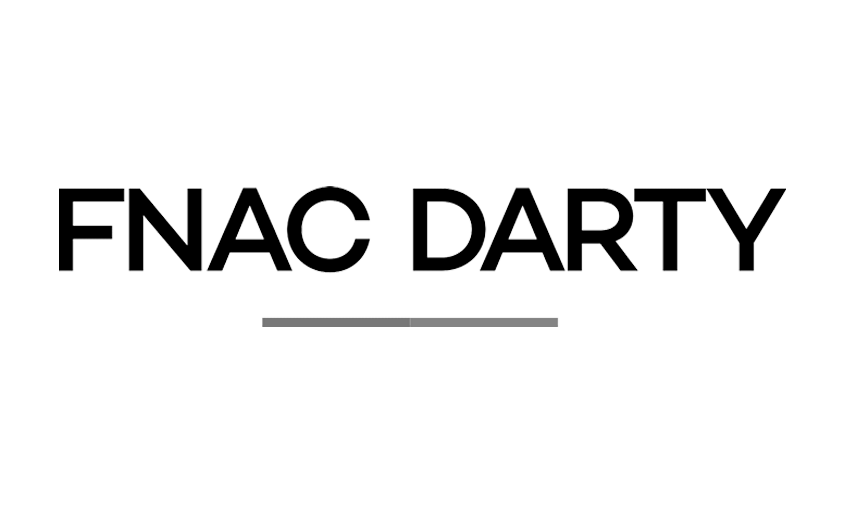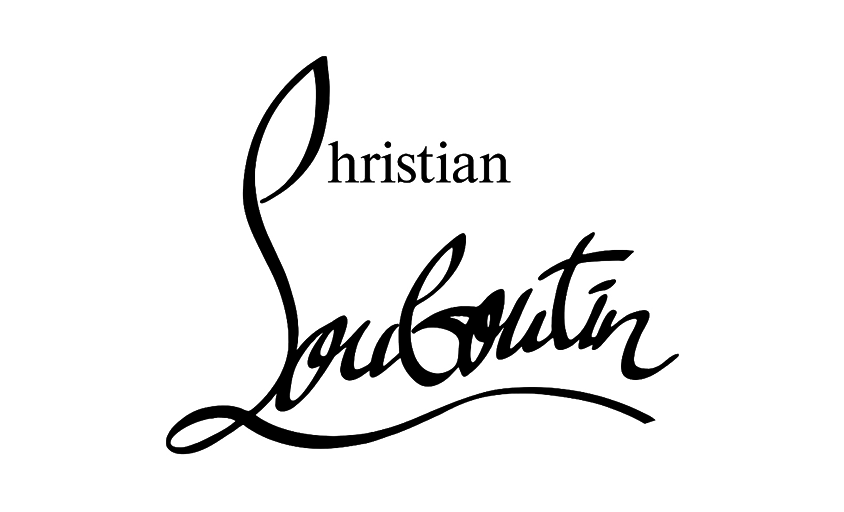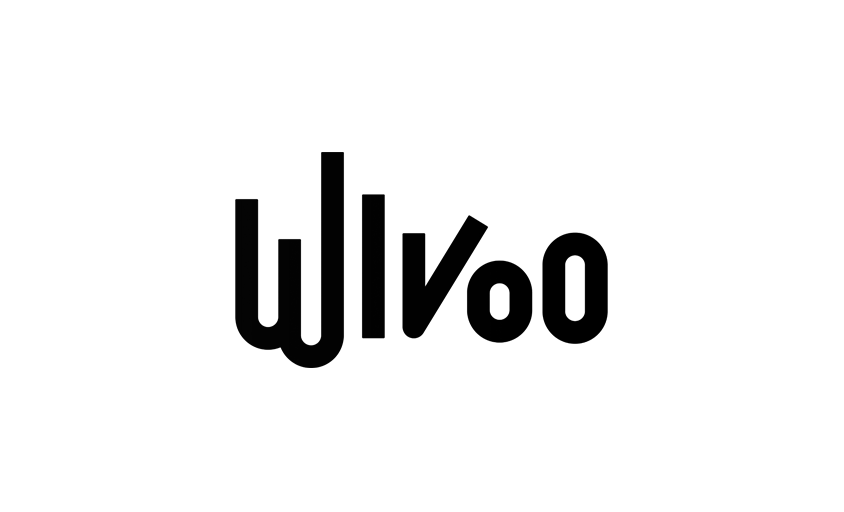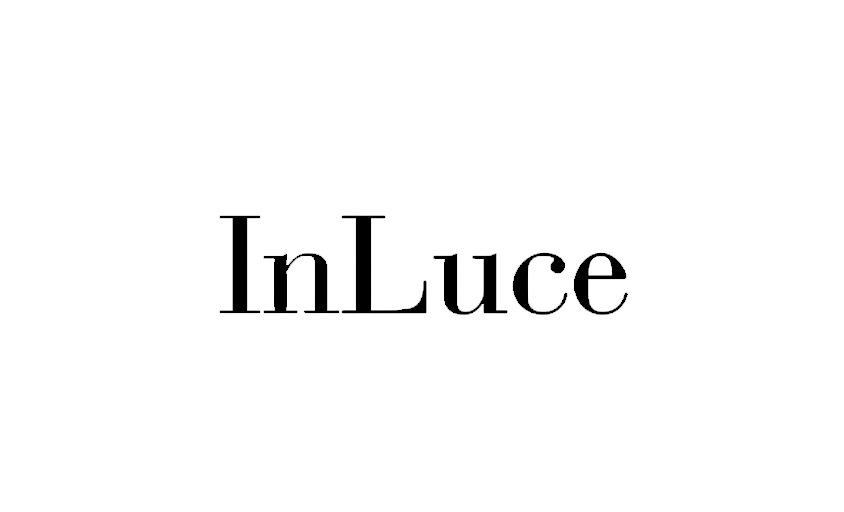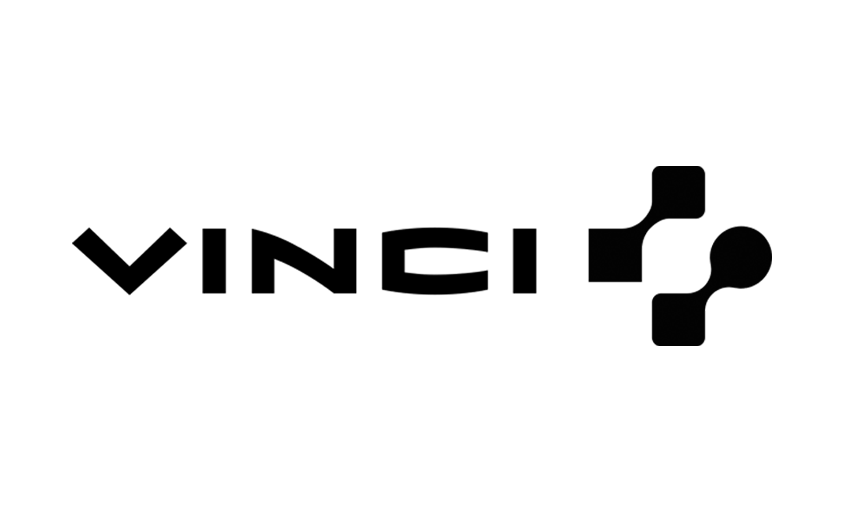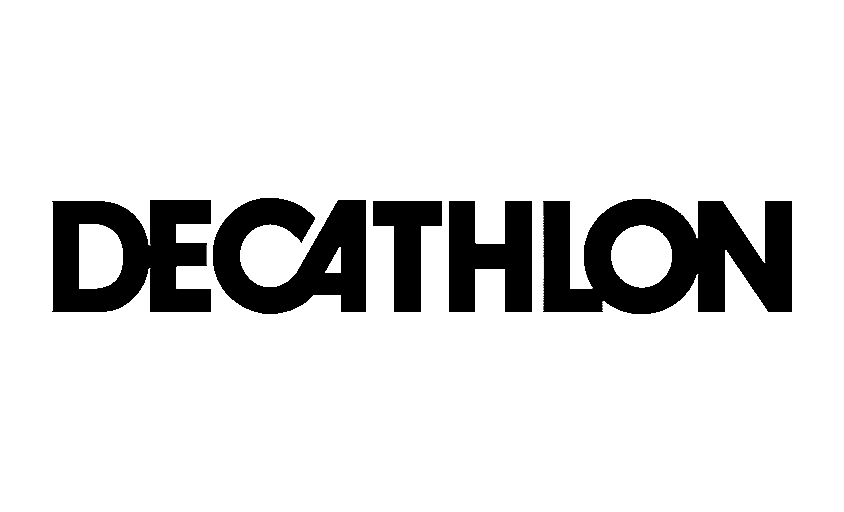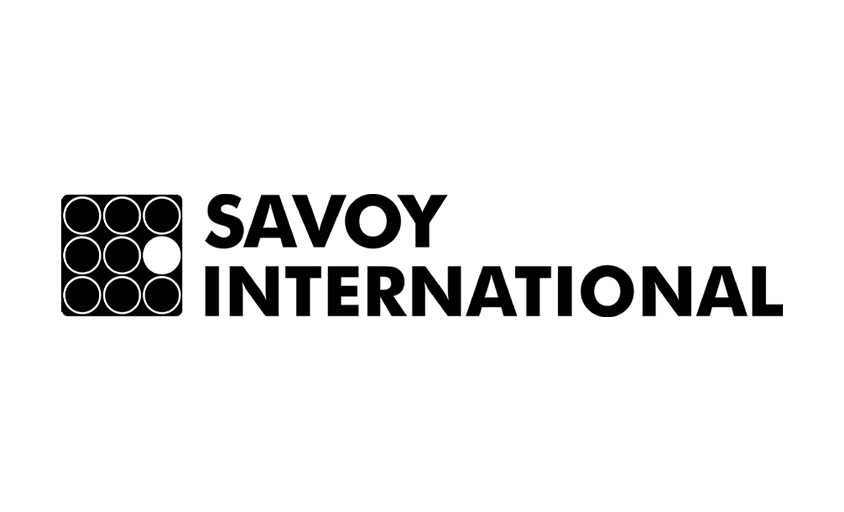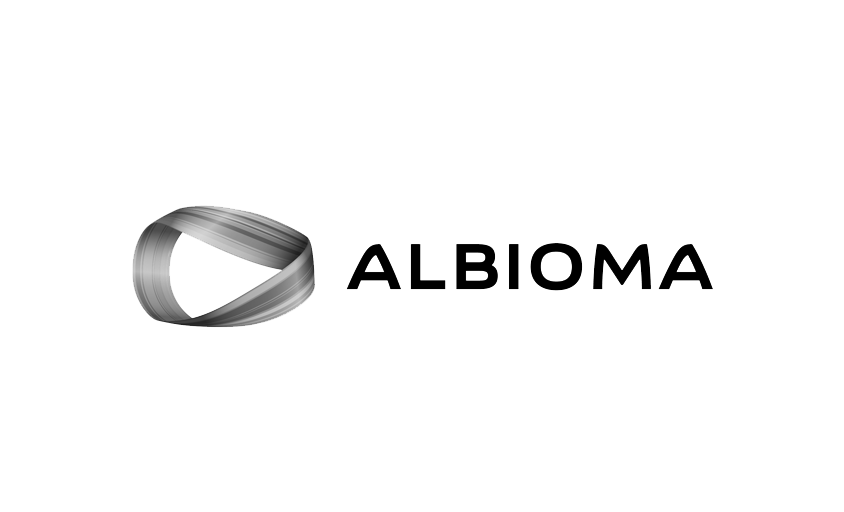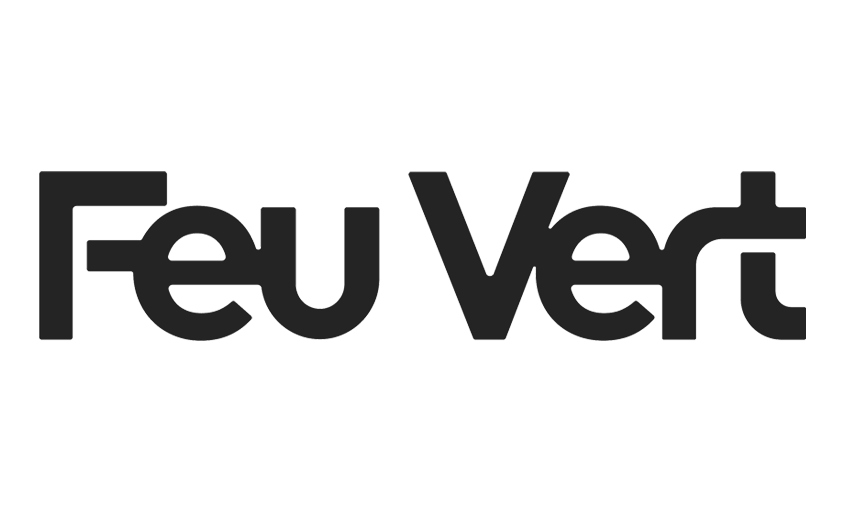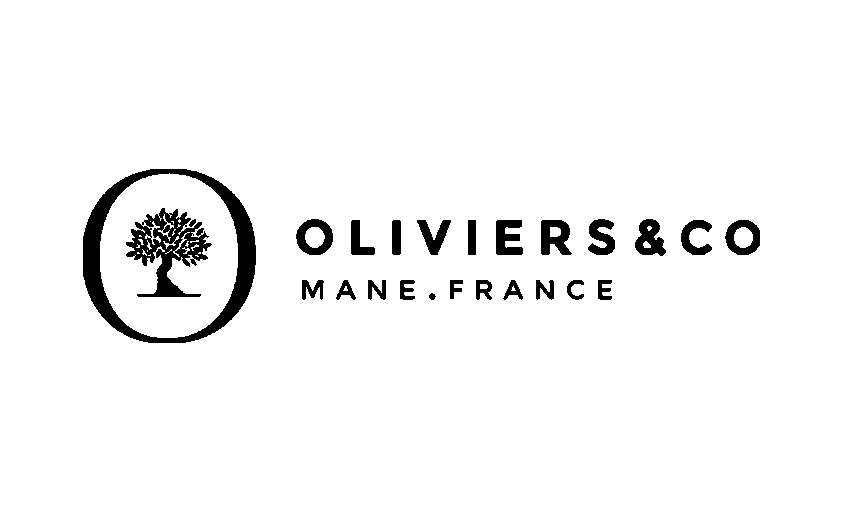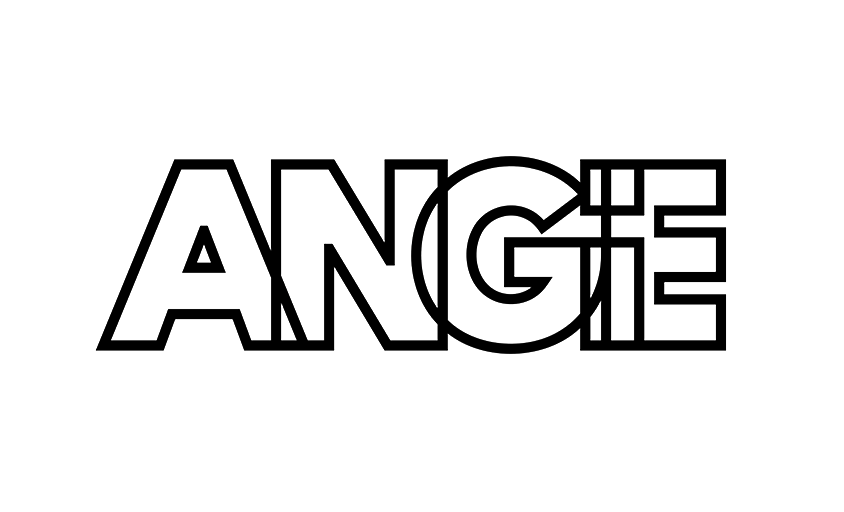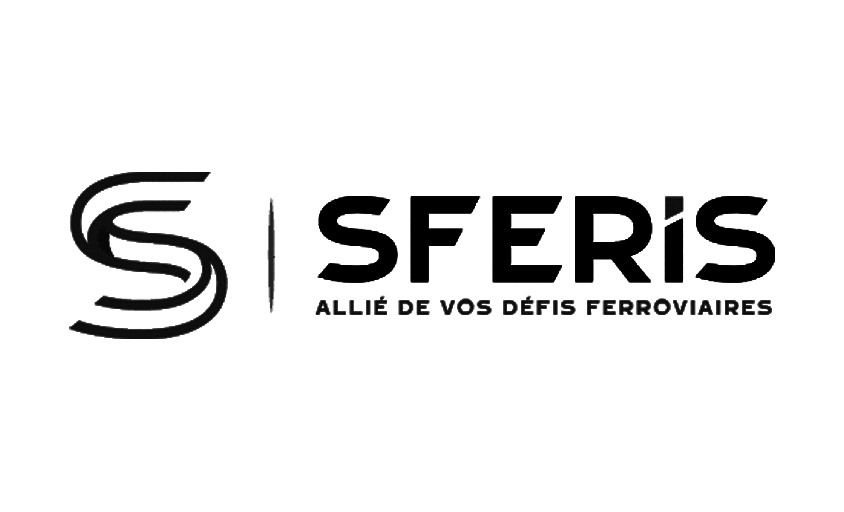Artwork
In this article :
The term “artwork” first emerged in the Anglo-American printing industry in the 1960s to refer to the print-ready file—a document in which every color, varnish, and trim mark is already precisely placed. Unlike graphic design, which pertains to visual conception and may still evolve, artwork is a locked version, intended for production.
In France, the term became widely used in packaging and technical publishing, and it helps distinguish between:
- the concept (rough, mock-up, or “créa”),
- the artwork (final production file with bleed, technical layers, barcodes),
- the proof (BAT – Bon à tirer), a paper or digital test that the client signs off to authorize printing.
In the graphic production workflow, the artwork represents a critical boundary: ideally, all creative decisions should be finalized before its preparation. Beyond that point, even minor changes trigger a new round of approvals and may incur additional costs.
The Strategic Importance of Artwork in Branding
A Visual Communication Tool
It’s not just about aesthetics; artwork lies at the heart of branding strategy, acting as a vital visual touchpoint between the brand and its audience. Every element (from color choices to illustration styles) subtly communicates the brand’s values and positioning.
Strengthening Recognition and Loyalty
By creating a consistent and memorable visual identity, artwork helps consumers recognize and connect with the brand, thereby enhancing loyalty and preference.
Complete Workflow: From Creative Concept to Signed Proof (BAT)
- Brief & Brand Guidelines
The marketing team provides the logo, Pantone colors, legal disclaimers, and any regulatory constraints (e.g., allergens, pictograms). - Adaptation to Printer’s Die-Cut Template
The graphic designer imports the die-line file (PDF or DXF) and places it on a locked, separate layer to avoid accidental modifications. - Layer Setup
- CMYK or Pantone background
- Varnish or lamination layer
- Foil or embossing layer
- Die-cut + fold marks layer
Each layer is assigned a clearly named spot color (e.g., “Varnish”, “Cut”) and set to overprint if required.
- Technical Checks
- Total ink coverage ≤ 300%
- Bleed: 3 mm; Safe zone: 5 mm
- Fonts outlined or included
- ICC profiles appropriate to the paper type (ISO Coated v2, Uncoated Fogra 47)
- Pre-Proof: PDF/X-4 Export
The file is flattened for transparency, keeps spot colors, and uses a single color space. An internal preflight checks overprints, trapping, and resolution accuracy. - Client Approval & Final Proof (BAT)
A contract proof is generated: either a calibrated soft proof or a GMG/Epson print. Once signed by the client, this BAT becomes the production reference. Any post-approval changes trigger a “BAT Revised” with a new approval date.
By following these six steps, production is secure: no surprises on press, timelines are respected, and setup costs are minimized—exactly the level of precision we maintain at Rétines.
Technical Specifications & Prepress Standards
Deliverable Formats
- Illustrator (.AI): Layers preserved, spot colors clearly identified.
- PDF/X-4: ISO 15930-7 standard; transparencies preserved, ICC profiles embedded.
- TIFF 300 dpi (full-page coverage without text): only for bitmap visuals.
Ink Coverage (TAC – Total Area Coverage)
- Offset & digital printing: ≤ 300% on coated paper, ≤ 280% on uncoated.
- Rich black must remain under 240% (e.g., 60C – 40M – 40Y – 100K).
Bleed & Marks
- Bleed: +3 mm required on all sides.
- Safe zone: Keep 5 mm inside trim lines to avoid cutting through logos or text.
- Marks: Include crop marks, densitometric targets, and color calibration bars.
Colors & Finishes
- Spot Pantone colors: Used for solid tones or reserved varnishes; indicate the ink code on a dedicated technical layer.
- CMYK printing: Use ISO Coated v2 (Fogra 39) for coated, PSO Uncoated v3 (Fogra 52) for uncoated stocks.
- Varnish, foil, embossing: Use 100% spot color, set to overprint, named clearly as “Varnish” / “Foil” / “Emboss”.
Barcodes
- EAN-13: 100% black (100K), minimum height = 22.85 mm, with a 2 mm white quiet zone around.
- Keep vector format (no image), or provide as 1200 dpi bitmap if necessary.
These specifications ensure smooth handoff to the printer, minimize preflight errors, and guarantee color fidelity in the final artwork.
User Experience
Enhancing Interaction and Engagement
In today’s context, where user experience is a critical success factor for brands, artwork plays a significant role. Whether on product packaging, a website, or within an advertising campaign, well-designed artwork enhances consumer interaction with the brand, making the experience both more pleasant and more immersive.
Influencing Perception and Purchase Decisions
Visual elements act as emotional anchors that can shape how consumers perceive the brand and influence their buying decisions.
Final Checklist & Quality Control
- Fonts: All outlined or provided; no missing fonts flagged in preflight.
- Overprint / Trapping: “Overprint Preview” enabled; auto trapping (0.05–0.1 mm) verified on adjacent vibrant colors.
- Ink Coverage (TAC): Controlled; rich blacks stay below 240%.
- ICC Profiles: Only one embedded, suited to the selected paper stock.
- Image Resolution: Effective 300 dpi (≥150 dpi for large formats viewed at a distance).
- Bleed & Margins: 3 mm bleed visible in the PDF; safe zone respected.
- Technical Marks: Crop marks, densitometric bars, and color control strips present and outside the final print area.
- Special Layers: Varnish, foil, die-cut clearly named; overprint enabled.
- Barcodes: Vector format, correct dimensions, tested with optical reader.
- Legal Notices & Icons: Proofread for typos; compliant with regulations (allergens, recycling instructions, legal age).
- Soft Proof / Hard Copy Proof (BAT): Visual comparison on calibrated monitor; if contract proof, lab density deviation ≤ ±3%.
- Archiving: Save validated PDF/X-4 + source folder (.AI, images) to redundant server and secure cloud.
By checking every box, you lock in quality: the printer proceeds confidently, the client gets exactly what was approved, and your schedule stays on track, the Rétines method, plain and simple.
2025 Trends
Automated Scripts & Templates
Illustrator JSX or Python scripts drive the creation of repetitive artworks: new fragrance, updated volume, multilingual variations, one single action updates text, colors, and barcodes.
Esko Automation Engine or Switch chains together preflight, PDF/X-4 generation, and extraction of technical layers with zero human intervention.
AI-Powered Quality Control
Visual analysis modules detect missing fills, cropped text, or forgotten overprints.
Multilingual OCR algorithms check for all mandatory legal mentions (INCI, allergens) and flag missing compliance keywords.
Cloud-Based Digital Asset Management (DAM)
Automatic versioning: each PDF export is timestamped, digitally signed, and linked to its corresponding proof.
Enriched metadata (Pantone, TAC, paper profile) improves searchability and audit accuracy.
Secure sharing with printers: no more ZIP files, just a link with access rights.
Real-Time Collaborative Soft-Proofing
Platforms like Frame.io for PDFs allow direct annotations on the artwork; each comment becomes an assigned task.
Contract proofs are shared screen-to-screen using a unified color profile, eco-friendly and fast.
Automated Approvals
Conditional workflows: if TAC > 300%, the file is auto-blocked and a report is issued.
Time-stamped e-signatures ensure legal traceability, no need to print a physical proof.
The Rétines Advantage
By integrating these technologies, we cut time-to-market in half, eliminate recurring human error, and provide our clients full transparency across every artwork version, a guarantee of quality and peace of mind, right through to the final print run.
Conclusion
Artwork is far more than mere decoration; it is a fundamental expression of a brand’s identity, embodying its vision, values, and story. As a key component of branding strategy, it establishes a visual and emotional connection with the audience, enhancing the user experience while fostering engagement and loyalty. In the dynamic world of branding and product design, a carefully crafted artwork is essential to stand out and build lasting relationships with consumers.
Jérémy Carlo is the editorial director at Rétines, where he ensures the consistency and clarity of all content produced by the studio.
Our Clients
Let’s discuss
What we do for you at Rétines
Meticulous work, an organised project and fast delivery. And to achieve this, we mobilise the right resources in our teams at the right time.
01
Pre-production
Artistic and technical direction tailored to the project.
Relevant recommendations on content, form and resources.
02
Photo Shooting
Photos taken by our experienced photographers.
Production that’s controlled, efficient and tailored to the needs of the project, with nothing superfluous.
03
Retouching
Technique
Photographs magnified by our retouching team.
Post-production to meet the commercial challenges of the brief.

